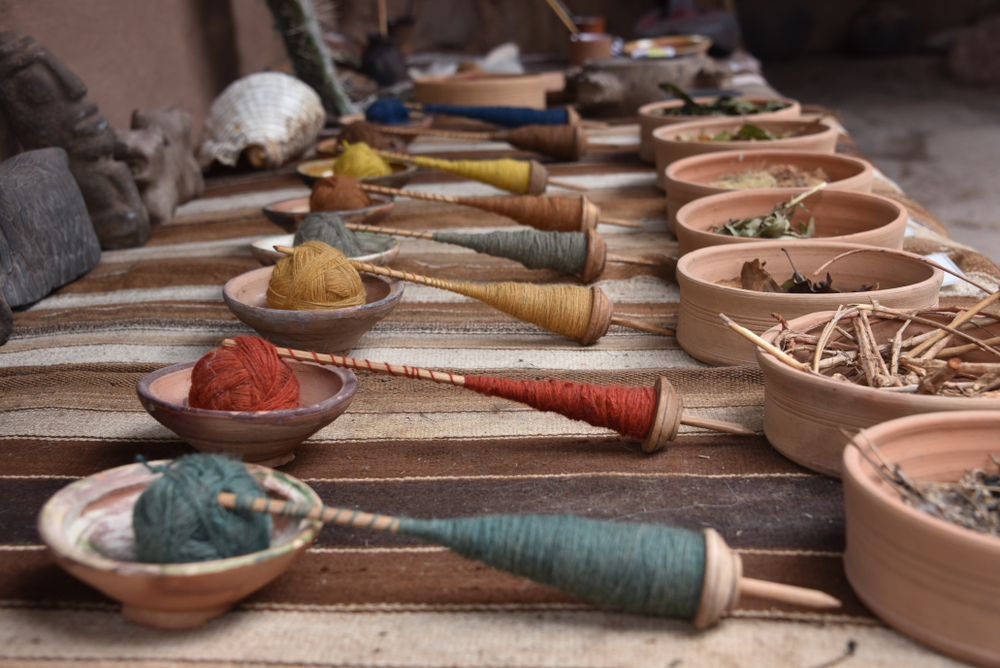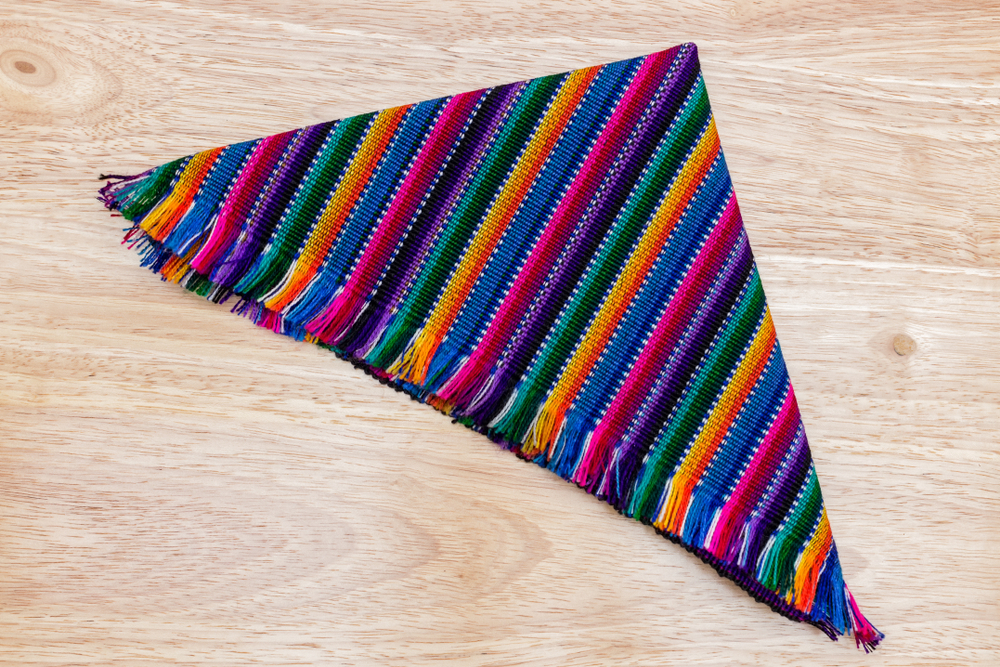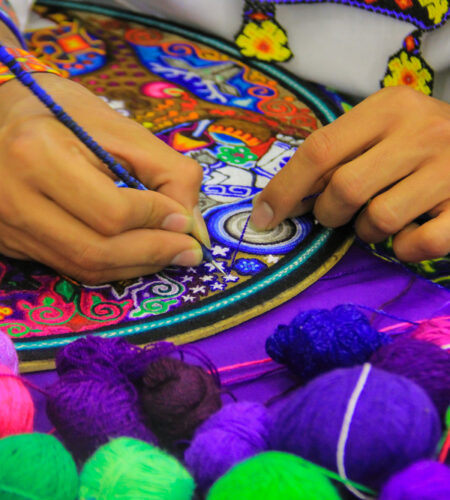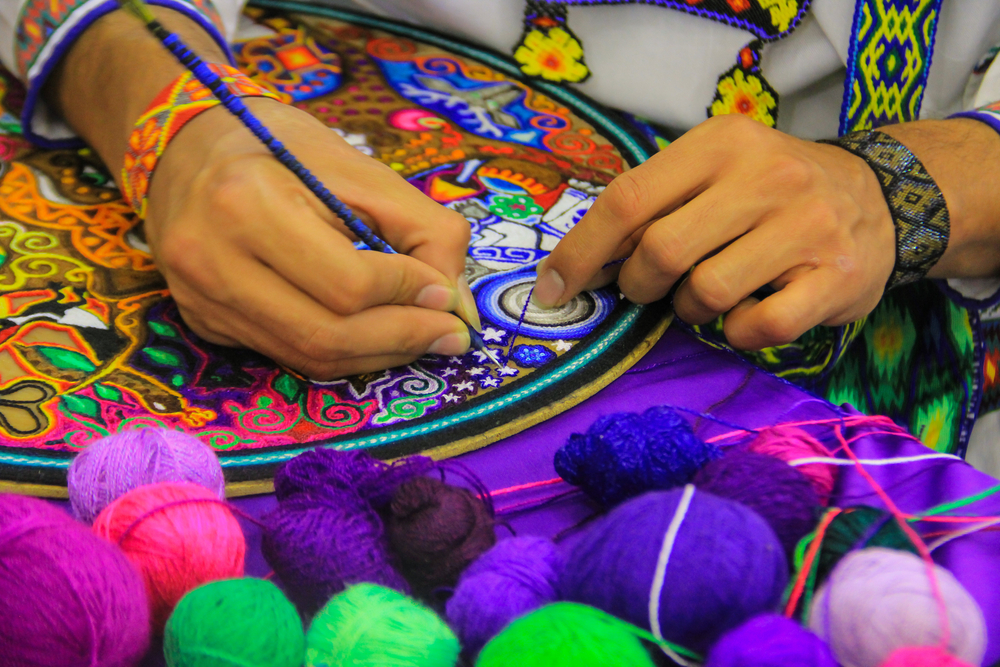In the rich tapestry of cultural heritage, traditional textile arts hold a special place, weaving together stories, techniques, and materials from across the globe.
Exploring these textile arts offers not only a window into diverse cultures but also an engaging and creative hobby for individuals of all ages, particularly seniors looking for a meaningful and artistic pastime.
At the heart of traditional textile arts is the sheer diversity of techniques and styles. From the intricate ikat weaving of Indonesia to the vibrant kente cloth of Ghana, each technique tells a unique story of its people, geography, and history. Engaging in these arts isn’t just about creating a piece of fabric; it’s about preserving and participating in a centuries-old legacy.
One of the most captivating aspects of traditional textiles is the variety of techniques that can be explored. Techniques such as weaving, dyeing, embroidery, and appliqué vary greatly from one culture to another, offering endless opportunities for learning and creativity. For example, Japanese Shibori, a method of dyeing fabric by binding and folding, creates distinctive patterns that are both artistic and deeply rooted in cultural tradition.


The materials used in traditional textile arts also speak volumes about the cultural contexts from which they originate. Wool, cotton, silk, and even unconventional materials like bark and grass are transformed through skillful hands into beautiful textiles. Engaging with these materials provides a tactile experience that connects the artist with the natural world and the cultural origins of the fabric.
Learning and practicing these textile arts offer several benefits. For seniors, it can be a deeply satisfying and therapeutic activity. The act of creating with one’s hands can improve fine motor skills, while the patterns and colors stimulate cognitive functions. Moreover, the social aspect of joining a textile arts group or class can provide a sense of community and shared purpose.
Moreover, exploring textile arts can be a journey of cultural education and appreciation. It encourages a deeper understanding and respect for the traditions and skills of other cultures. This exploration can also lead to a renewed appreciation for the diversity and complexity of global arts and crafts.

Conclusion
In conclusion, delving into the world of traditional textile arts is not just about learning a new hobby; it’s about embarking on a cultural and creative adventure. It offers a blend of artistic expression, cultural exploration, and personal fulfillment, making it an ideal pursuit for anyone seeking to enrich their life with the beauty and diversity of global textile traditions. As more people engage in these arts, they ensure that these precious skills and stories continue to be preserved and appreciated for generations to come.




There is no universally accepted definition of a mountain. Elevation, volume, relief, steepness, spacing and continuity have been used as criteria for defining a mountain.